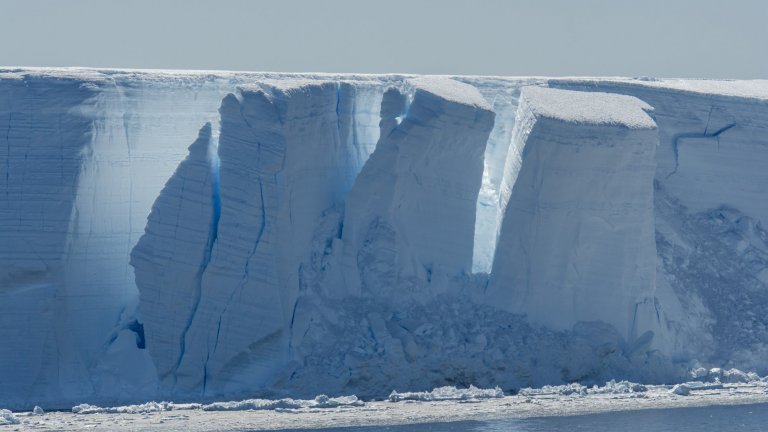
© Erwan Amice / Lemar / CNRS Images
View the mediaScientific news
In December 2015, 195 countries signed a historic agreement in Paris to protect the climate, as part of attempts to combat global warming. Discover the wealth of reports and archives held by us on the climate.

© Erwan Amice / Lemar / CNRS Images
View the mediaSigned in Paris on 12 December 2015 at COP21, the Paris Agreement is the first text ever to be drawn up by all the world’s countries. It aims to reduce greenhouse gas emissions, achieve carbon neutrality and limit the use of fossil energies, and it sets the ambitious target of keeping global warming below 2°C by 2100 or even, if possible, at no more than 1.5°C.
Efforts made especially by the countries with the highest emissions and by large private groups still fall far short of the declared ambitions. But this does not in any way detract from the historic nature of the text, especially as the US President Joe Biden brings the USA back into the Agreement. To mark this anniversary, we offer you the opportunity to discover our numerous reports on the consequences of climate change, in forests, oceans and glaciers, but also to meet the people working on a daily basis to find solutions to limit its impact.
Our work is guided by the way scientists question the world around them and we translate their research into images to help people to understand the world better and to awaken their curiosity and wonderment.